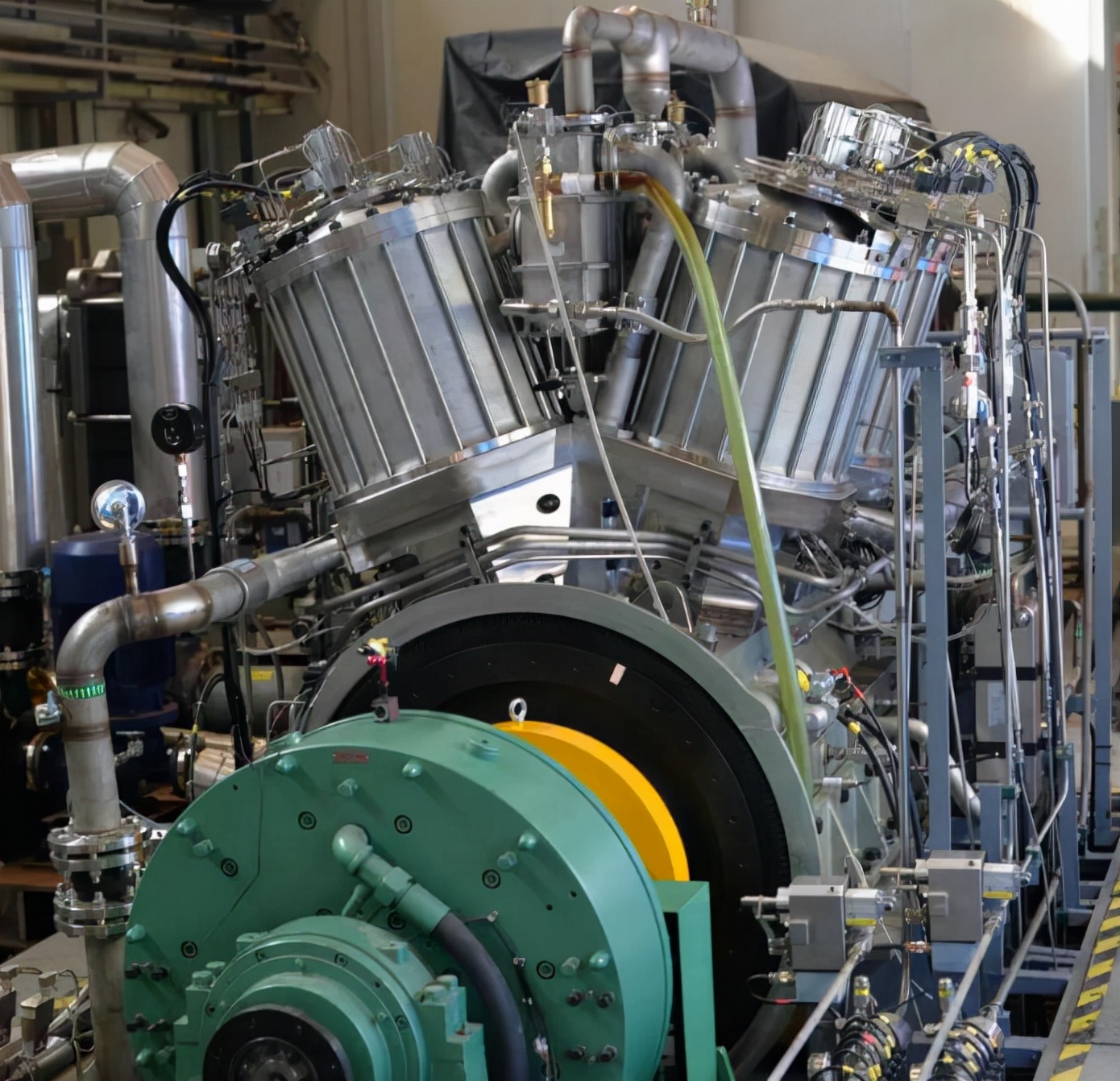
China State Shipbuilding Corporation Limited (CSSC) recently tested the basic prototype of the country’s first large-bore Stirling engine, touted to be the world’s most powerful, with applications in submarine propulsion.
The prototype ran at a rated power of 320 kilowatts with a power conversion efficiency of 40%, making it the most powerful Stirling engine known around the globe, the company announced on its WeChat account on Tuesday.
The Stirling engine was developed by the No. 711 Research Institute under CSSC. This type of engine is a closed-cycle reciprocating power machine that takes heat supply from external sources. It can be combined with any kind of heat source, either conventional or nuclear energy, in many configurations.
When used together with a sodium-cooled fast reactor, the Stirling engine can eliminate the risk of sodium-water reaction making it also a very safe choice.
The engine can spawn a series of variations to suit the need of power supply, ranging from 100 kilowatts to several megawatts, and is very suitable to be developed into a portable micro reactor power generator used in special environments such as polar regions, remote islands and Gobi Desert regions, according to the press release.
Although the CSSC did not mention the potential application of the Chinese Stirling engine on submarines, Chinese state media speculated that it has applications in power generation and submarine propulsion.
Swedish Gotland-class submarines feature Stirling engine air-independent propulsion (AIP) systems, enabling them to avoid going to the surface to charge the batteries, and thus increasing the submerged endurance from days to weeks, according to Saab, the parent company of Kockums which built the submarines. The Stirling engine is quiet and vibration free, so no vibrations spread out to the hull making the submarine silent in the water and therefore difficult to find.
